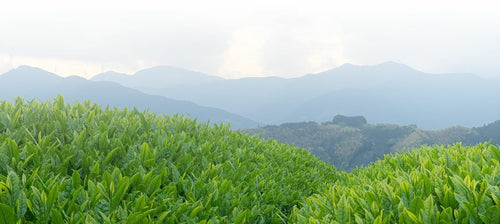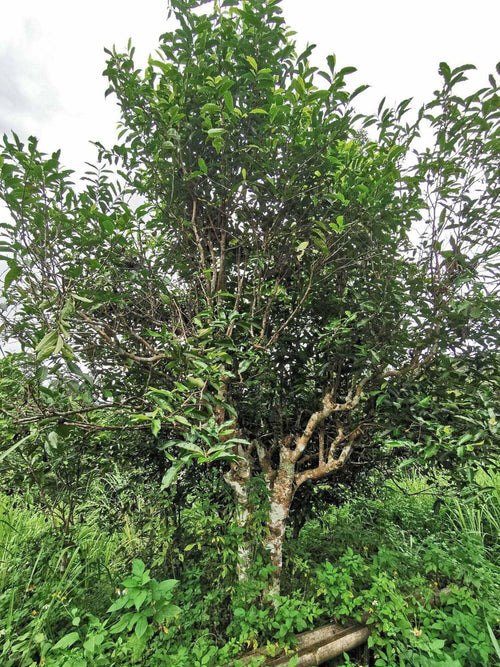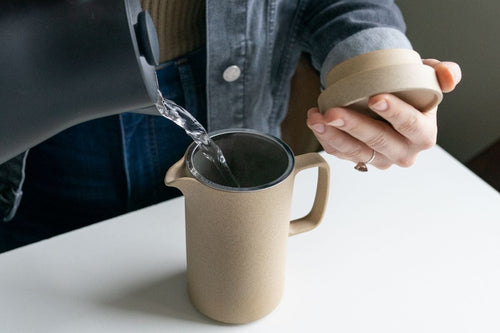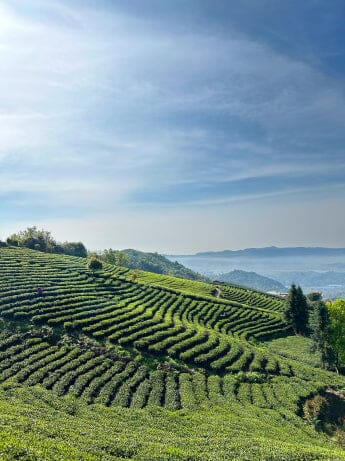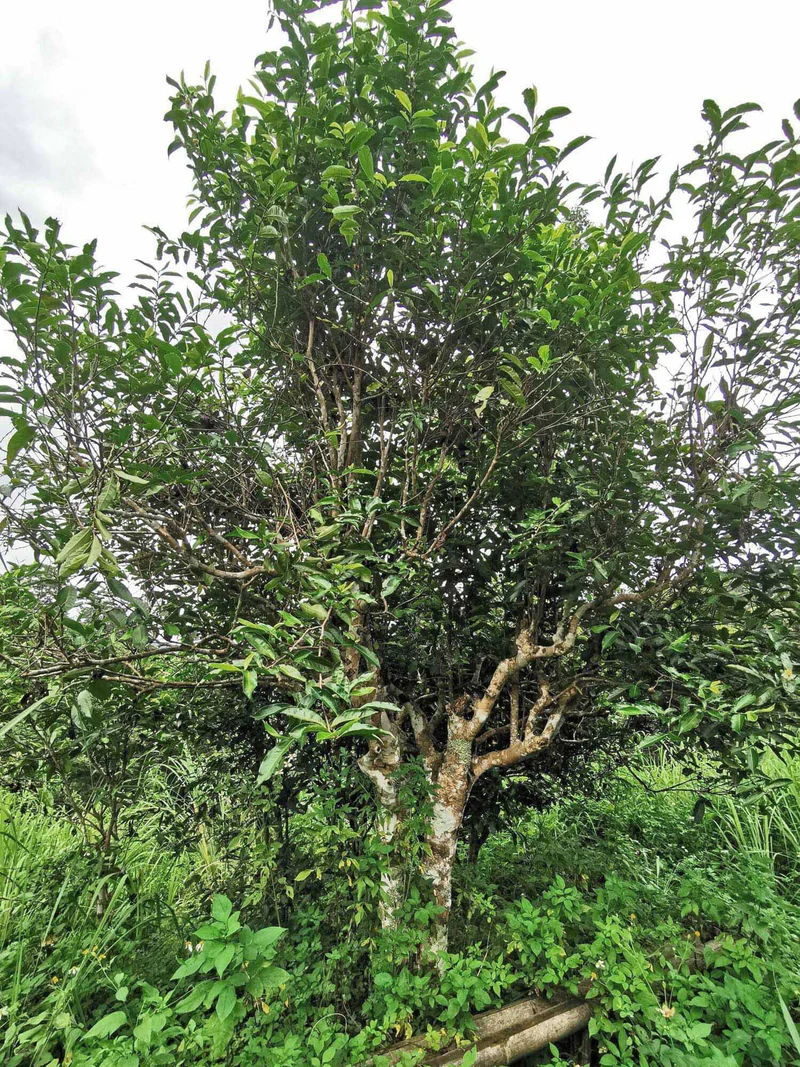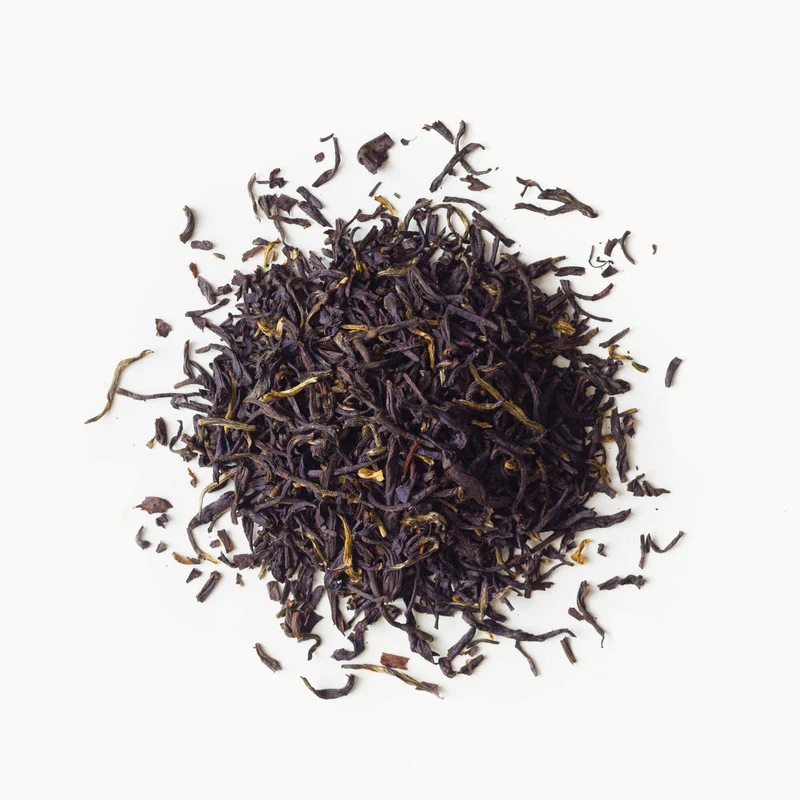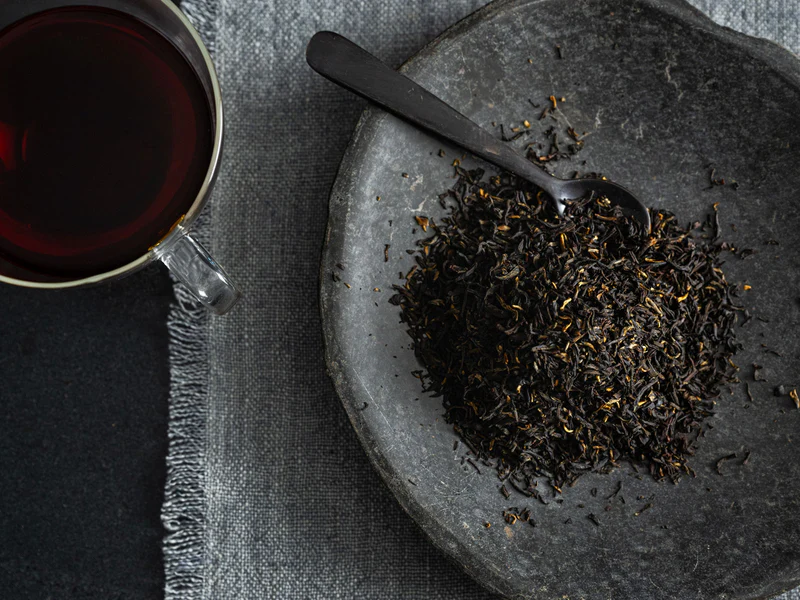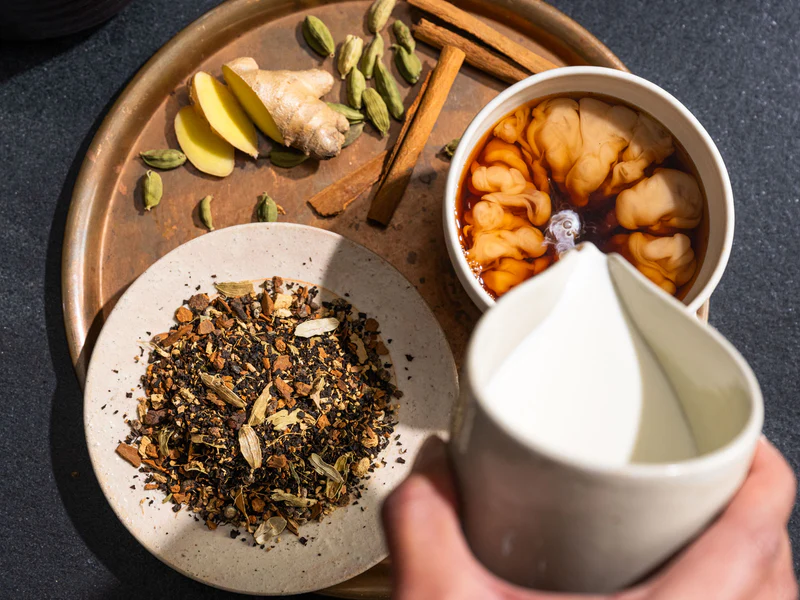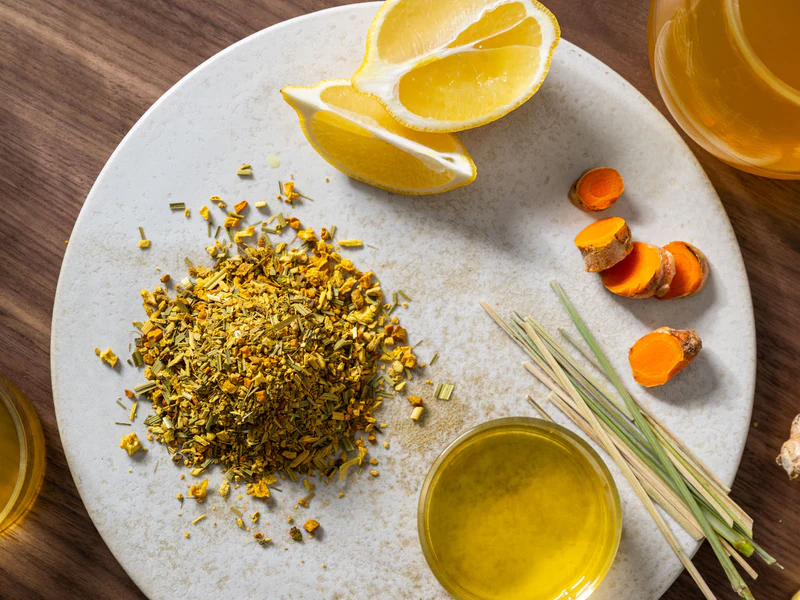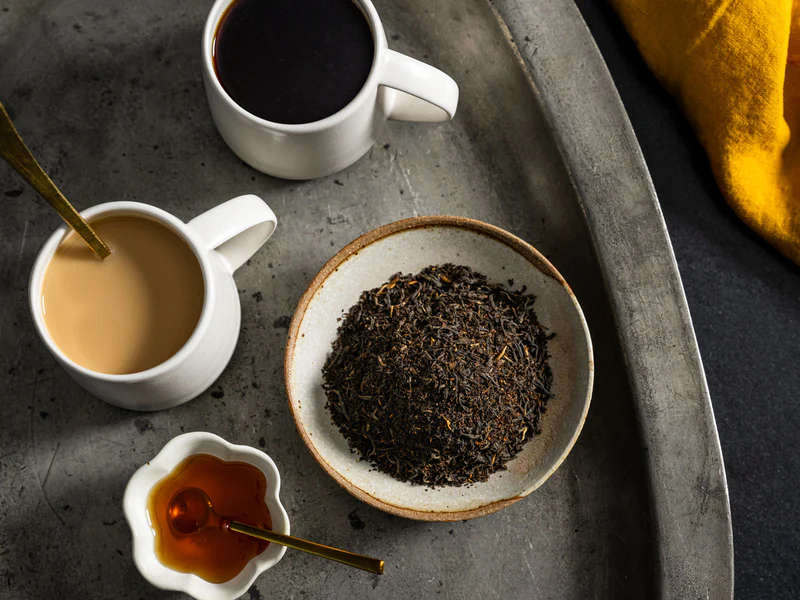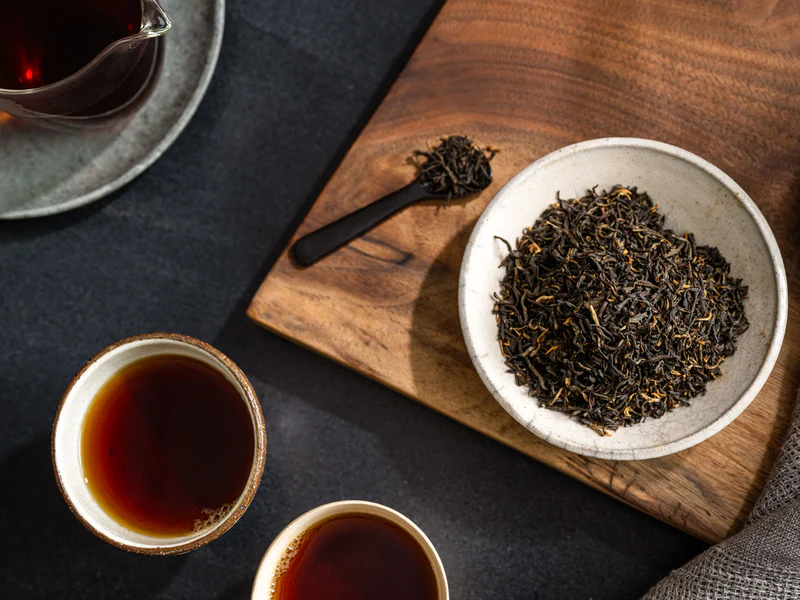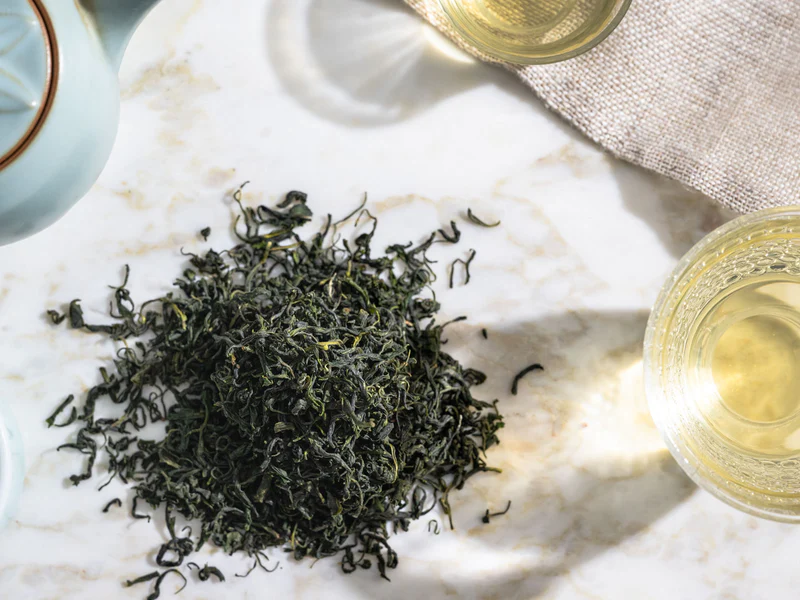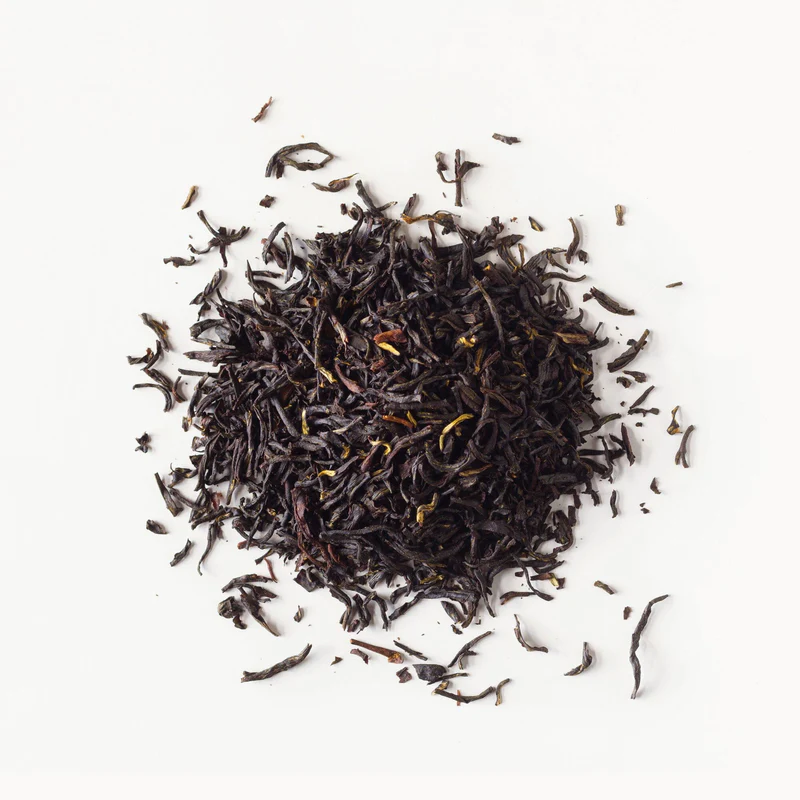Chiang Rai, located in northern Thailand, has a rich history in the tea industry. The region is known for its fertile land and favorable climate, which makes it suitable for tea cultivation. The tea industry in Chiang Rai traces its roots back to the ancient Thai kingdom, when the first tea plants were introduced from Xishuangbanna.
According to historical records, King Mengrai, the founder of the Lanna Kingdom, directed the planting of tea in the area during the 13th century. This directive aimed to promote the cultivation of tea and benefit from its economic potential. The ancient Dai people were famous to spread tea cultivation and fermented pickled tea eating habits and culture.
The lush mountainous landscapes of Chiang Rai proved to be ideal for growing tea, and it soon became an integral part of the region's agricultural practices.
It is also widely believed that ancient migrants of the Bulang (Paluang) tribe from Myanmar settled in Chiang Rai and Chiang Mai before the 13th Century, planting tea trees which are some of the areas most ancient tea tree specimens. The Paluang people are related to the tea planters in human history.
Over various waves of migration and time, Chinese migrants played a significant role in shaping the tea industry in Chiang Rai. They introduced various types of tea, including oolong tea and puer tea, which have become popular in the region. Chinese tea traditions and cultivation techniques were passed down through generations, contributing to the unique flavors and techniques seen in Chiang Rai's tea production.
In recent years, two growing regions in Chiang Rai, namely Doi Mae Salong and Doi Wa Wee (Wa Wi), have gained recognition for their high-quality teas. Doi Mae Salong, originally settled by Chinese Nationalist soldiers in the 1950s, has become renowned for its oolong teas. The mountainous terrain and cool climate provide the perfect conditions for producing exquisite oolong teas.
Doi Wa Wee, on the other hand, is known for its puer tea production. This region, situated at higher elevations, offers cooler temperatures and abundant rainfall, creating an ideal environment for puer tea cultivation. Puer tea, a fermented tea with a unique flavor profile, has gained popularity both locally and internationally in recent years.
The tea industry in Chiang Rai continues to thrive, with its tea plantations attracting visitors from around the world. The combination of historical significance, diverse tea types, and unique growing regions make Chiang Rai an exciting destination for tea enthusiasts and those interested in the rich tea heritage of this region.
